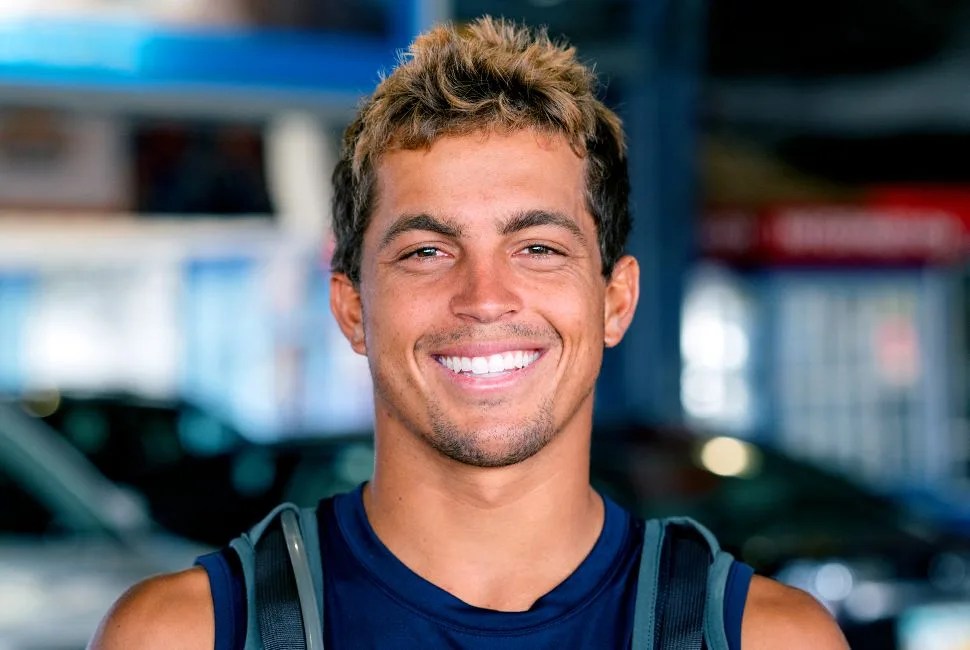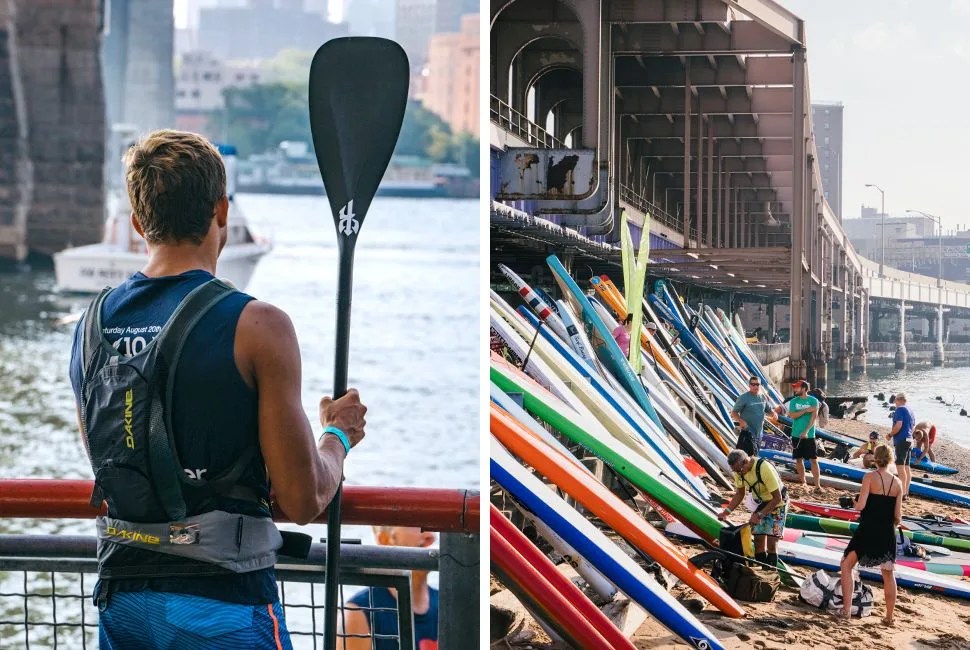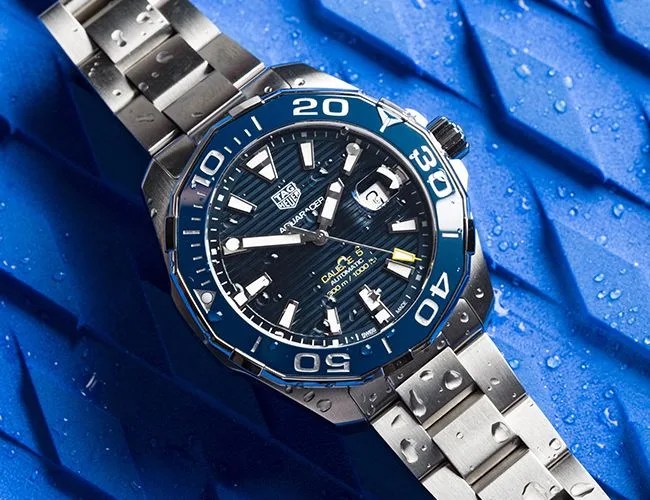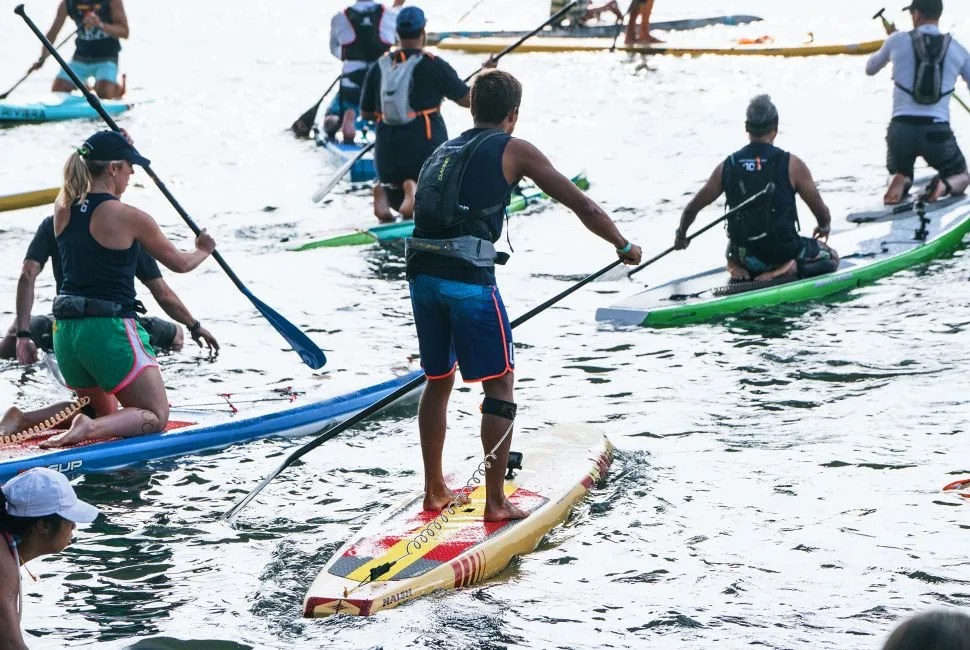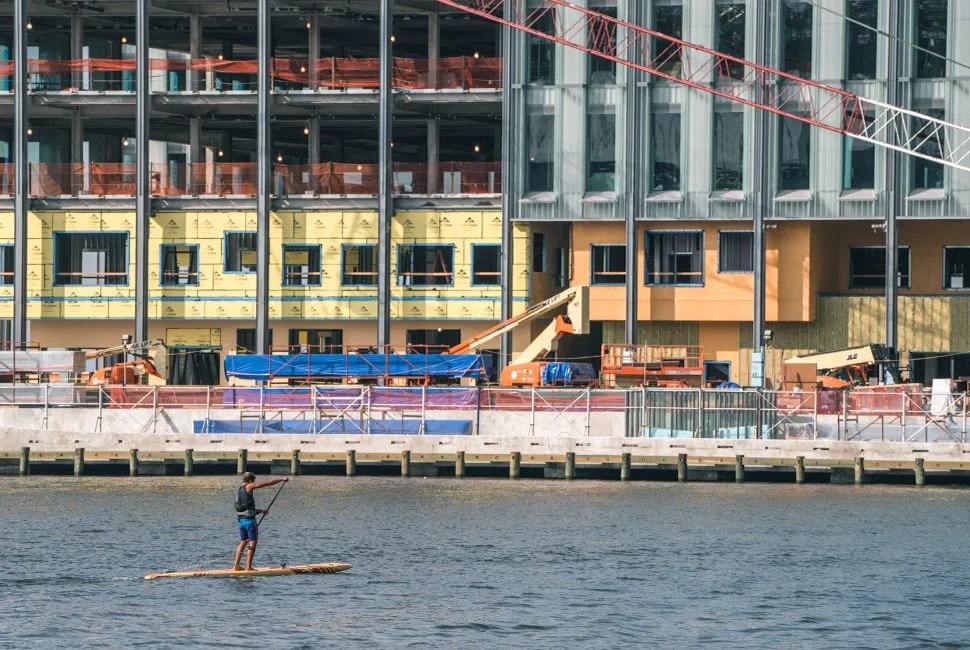
Kai Lenny is a laukua, which in Hawaiian means one skilled in many trades — or, in mainlander parlance, a jack of all trades. Lenny, who grew up on the island of Maui, is a professional waterman — he partakes in and competes in just about every water sport you can name. He learned many of his water sports at young ages (how to surf at four, windsurf at six, SUP surf at seven and kite surf at nine). Along the way, Lenny also added windsurfing and hydrofoil stand-up paddleboarding to his repertoire. While Lenny excels in all of these sports, the one he’s most successful in, and the one where his competitive focus lies, is SUP racing.
We caught up with Lenny just before he competed in the Moloka’i 2 Oahu Paddleboard World Championships, a race between Moloka’i and Honolulu that covers roughly 32 miles across the Ka’iwi Channel. Lenny won the event and also set a new record (4:07:41), besting his rival and fellow Maui native Connor Baxter’s previous record of 4:08:08. Lenny was quoted as saying that the win was “one of the biggest goals and dreams in my life.”
Still, Lenny sees SUP racing as only one activity that he could partake in on any given day. And as for which sport is his favorite, Lenny’s answer changes with the wind patterns and the waves.
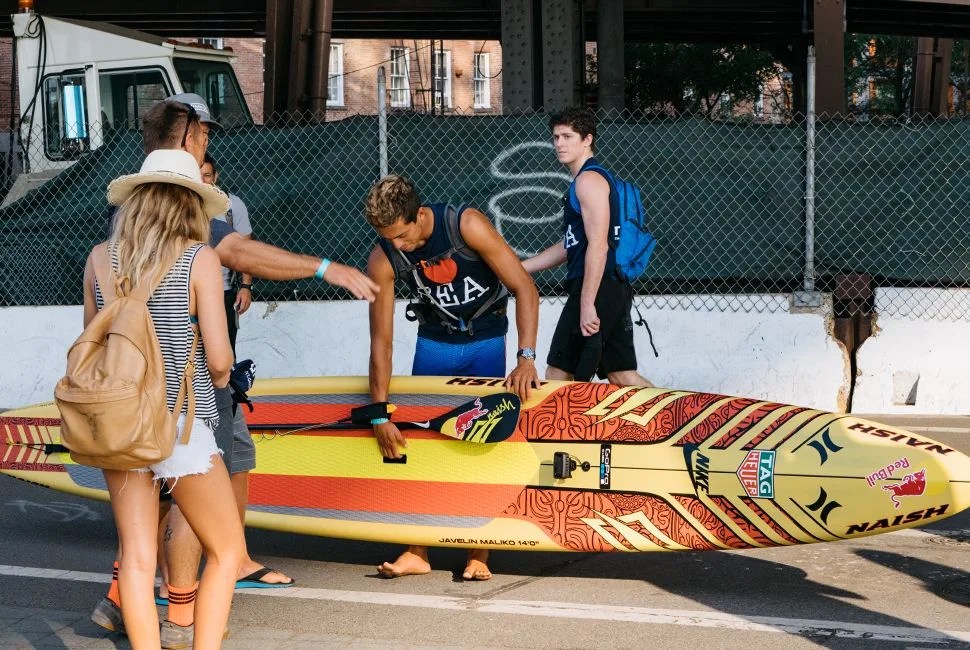
Q: You’re a surfer, a stand-up paddleboarder, a tow-in surfer, a windsurfer and kite surfer. So how do you decide what you’re going to do on a given day?
Kai Lenny (KL): Well it’s really easy being on Maui because the conditions are constantly fluctuating and changing. Really, I leave it up to what the laws of nature have for me. When I look out on the water, if it looks good for windsurfing then I’ll go windsurfing. If it looks good for kiting then I’ll go kiting. If the surf is firing somewhere then I will go surf. But usually if I’m doing an event or something is coming up, I will focus more on that sport. All my other sports will be secondary to that one, but I will still do them.
Q: What sport did you start with and how did you initially get into water sports?
KL: I got into the sports because my parents moved to Maui years before I was born to windsurf and surf. So I grew up in that environment, and they wanted to go surfing at the beach after work. They couldn’t just leave me at home, so they took me to the beach at an early age. I figured I could continue getting sand blasted, or I could go out and try to surf. I think I’m a product of the environment that I was put in, you know? It just seems like a normal life to want to get out on the water and do the things I’m doing now.
